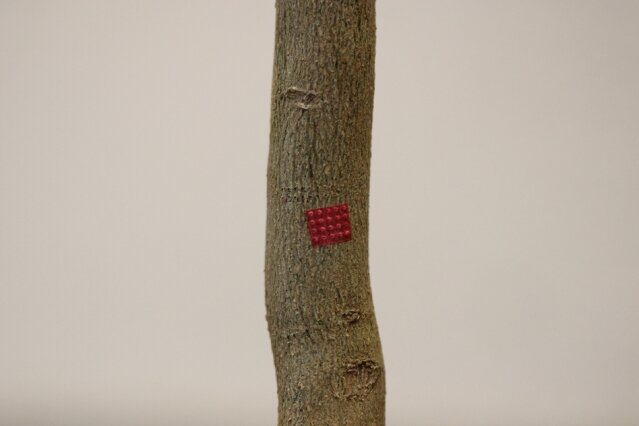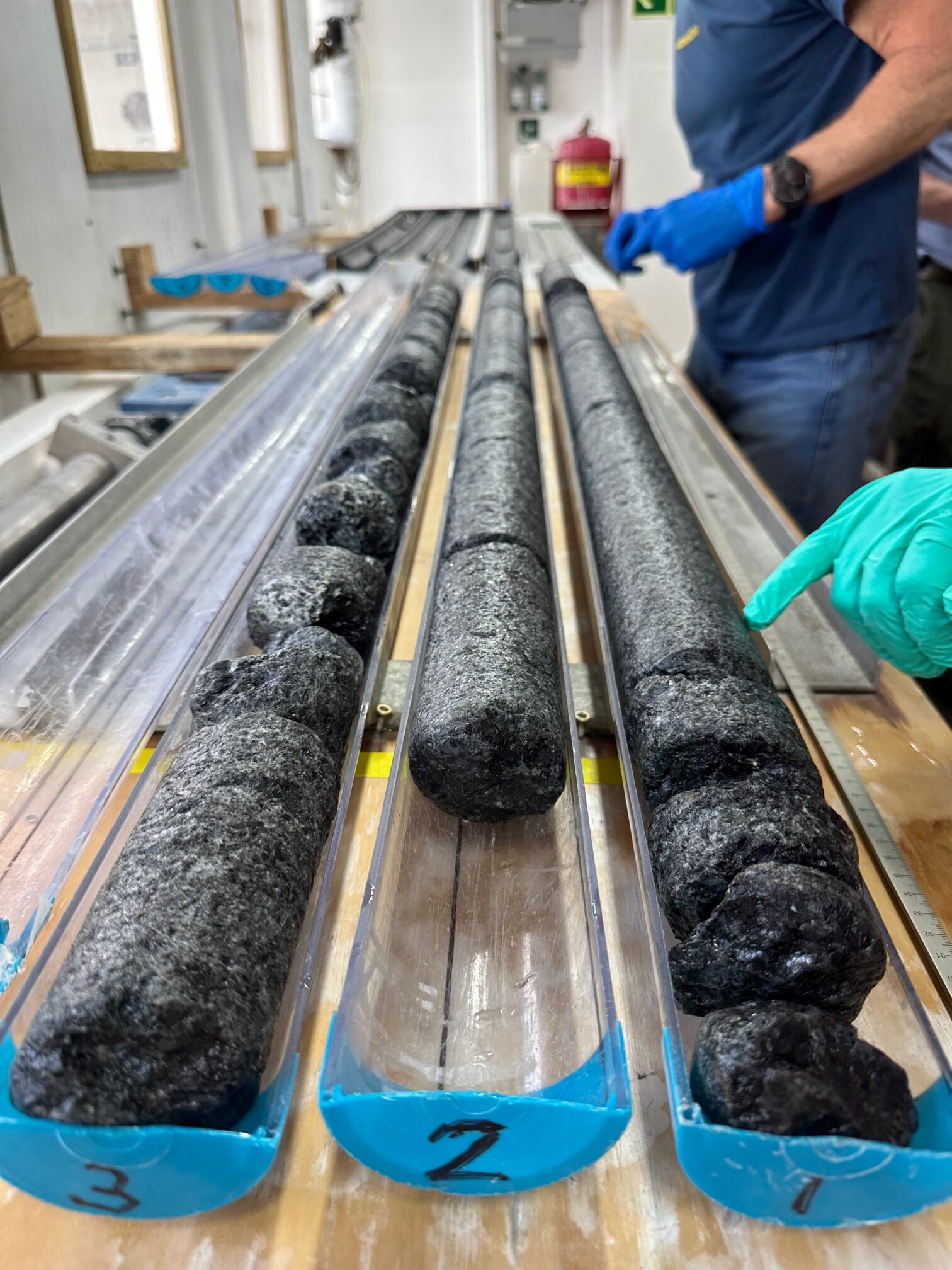Much like diseases of humans and other animals, there are many ongoing epidemics that affect crops. This results in significant losses to farmers and threatens food security.
Out of these, there are many diseases that affect plants’ circulatory systems and are not treated by spraying pesticides. To treat these diseases, Massachusetts Institute of Technology (MIT) engineers have developed a precision injection system. This system helps in safely administering drugs and nutrients right where plants need them.
Mechanical engineer, Yunteng Cao from MIT, said, “We wanted to solve the technical problem of how you can have a precise access to the plant vasculature,”
“You can think about delivering micronutrients, or you can think about delivering genes, to change the gene expression of the plant or to basically engineer a plant.”
When plants are sprayed with pesticides, medicine doesn’t really penetrate to the roots. So, scientists have developed a super-accurate, highly delicate way of delivering drugs using microneedles. It involves array of microneedles made of a silk-based biomaterial for delivering required component to specific parts of the plant.
Researchers called these Microneedles as ‘phytoinjectors’. These microneedles can be made as per the requirement of plant. It can be made in a variety of sizes and shapes. It can also be used to take samples from the plants for lab analysis.
Researchers did the lab tests on tomato and tobacco plants. However researchers assure the system could be adapted to almost any crop.
Cao said, “We think this is a new tool that can be used by plant biologists and bioengineers to better understand transport phenomena in plants,” It can also be used “to deliver payloads into plants, and this can solve several problems. For example, you can think about delivering micronutrients, or you can think about delivering genes, to change the gene expression of the plant or to basically engineer a plant.”
Biologist Eugene Lim, said, “Now, the interests of the lab for the phytoinjectors have expanded beyond antibiotic delivery to genetic engineering and point-of-care diagnostics,”







